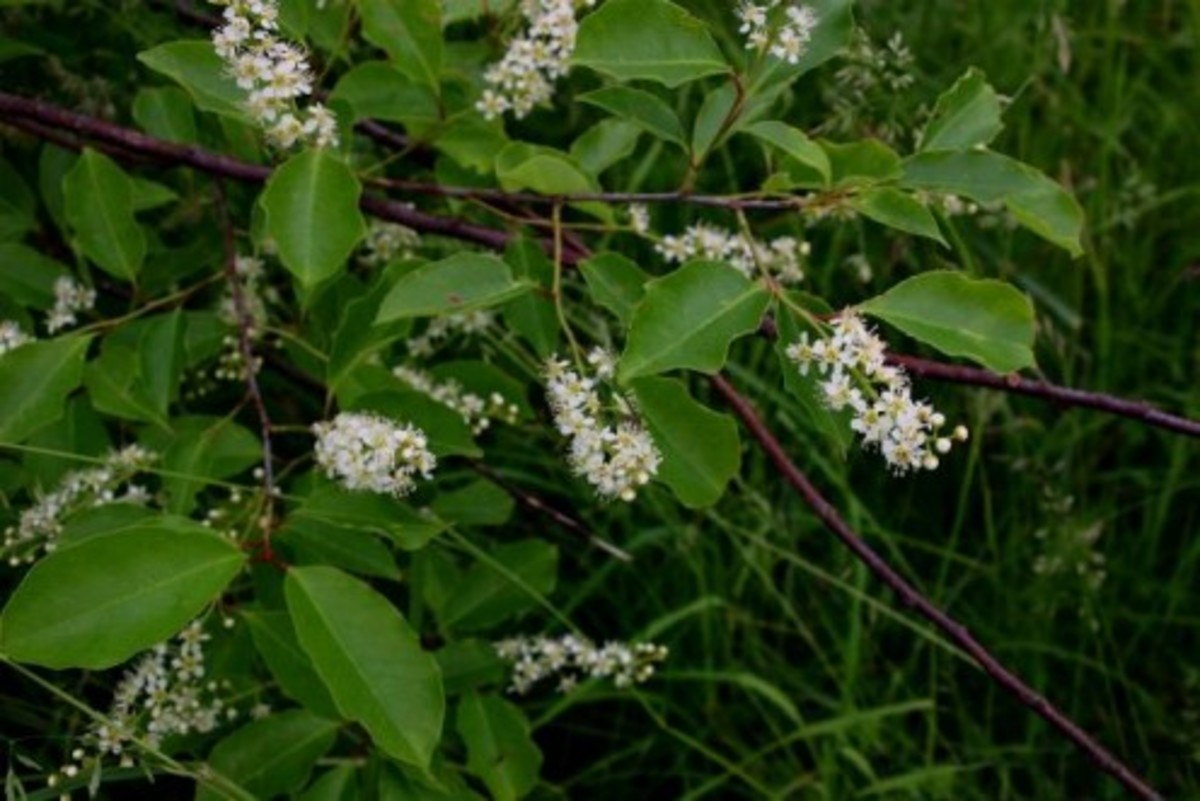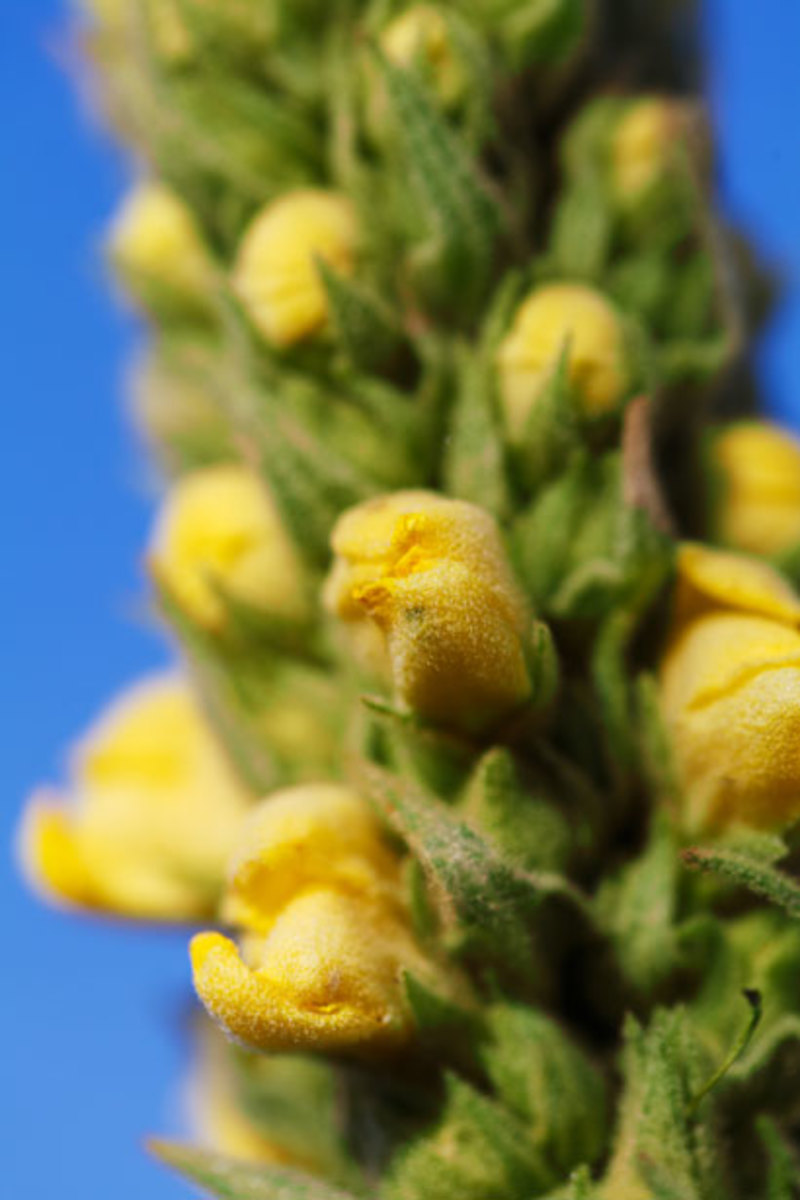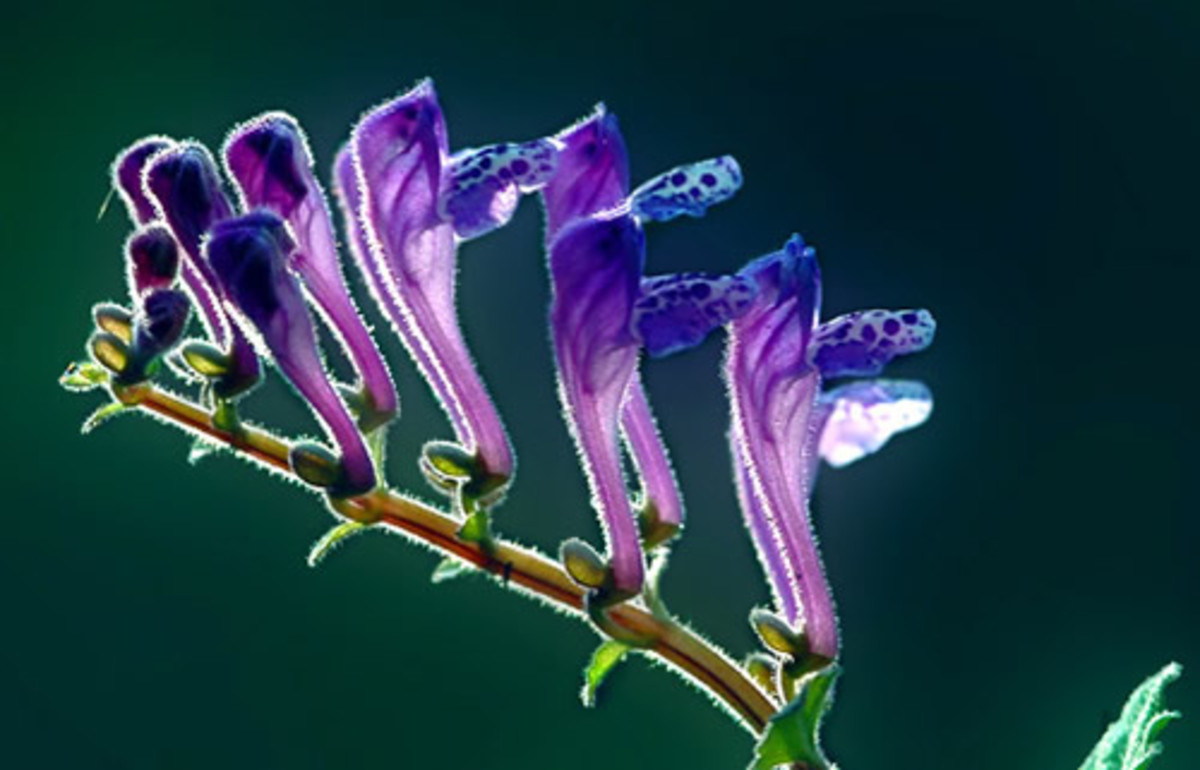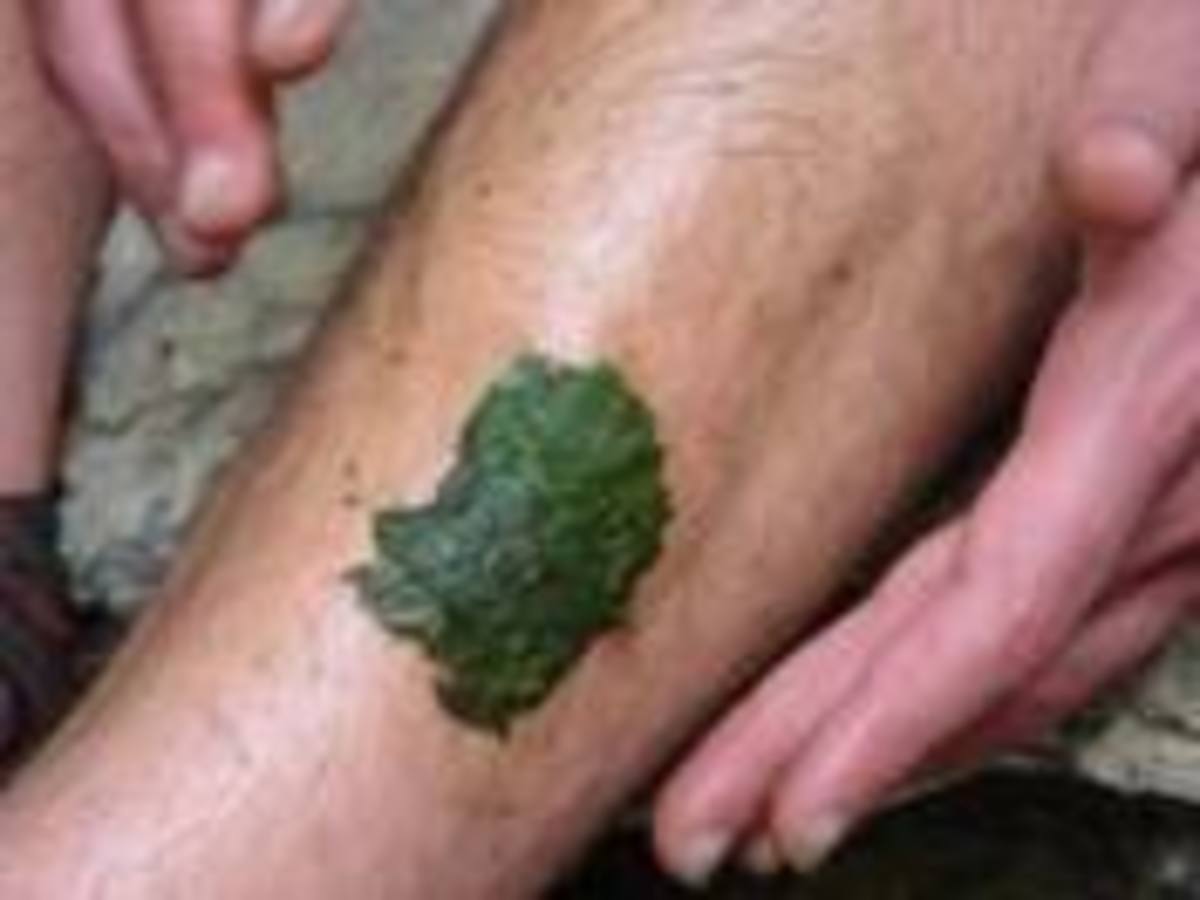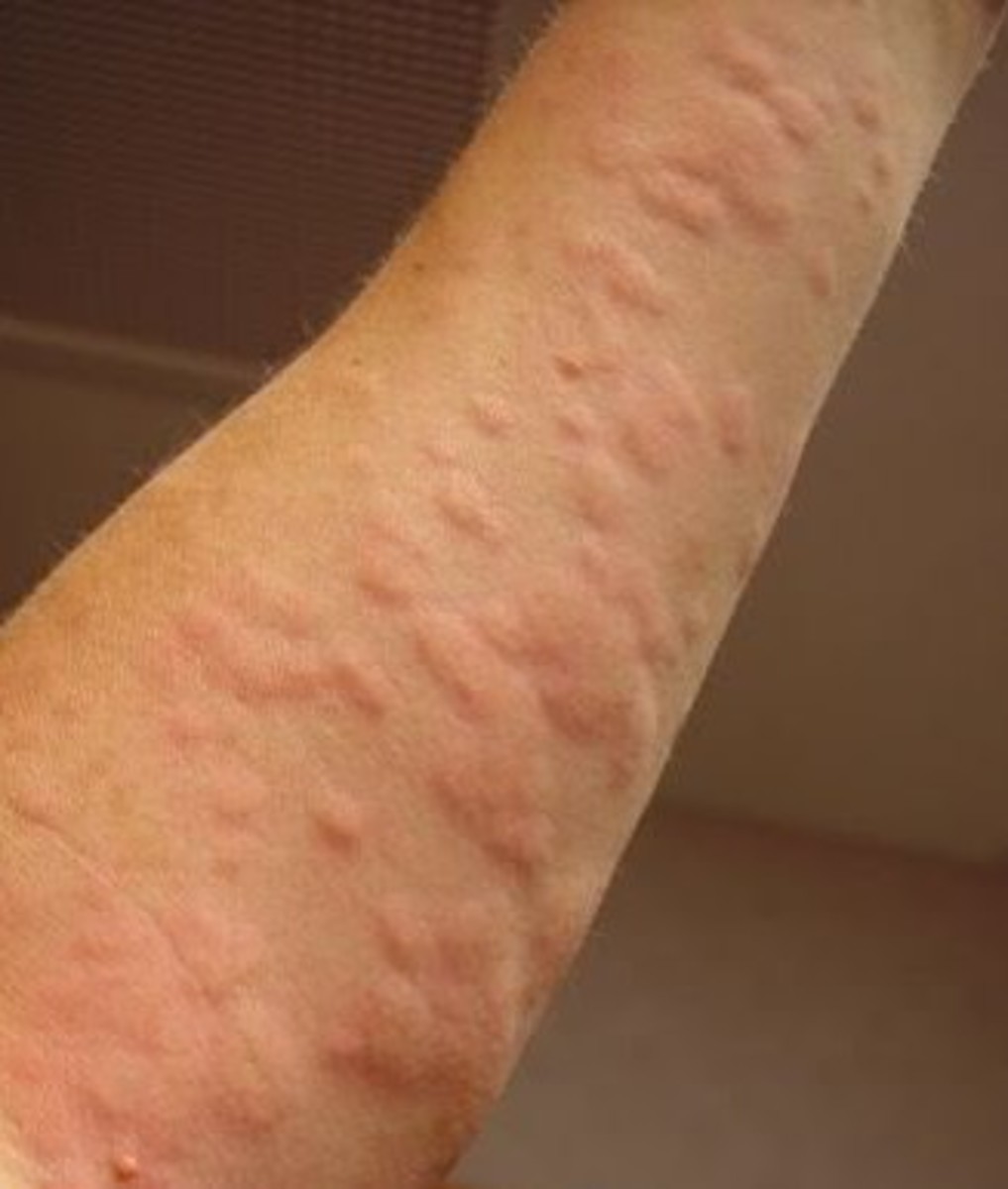- HubPages»
- Health»
- Alternative & Natural Medicine»
- Herbal Remedies
Top Four Most Useful Herbal Preparations You Can Make at Home
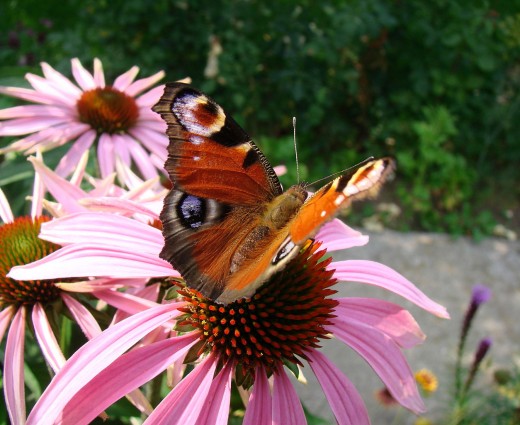
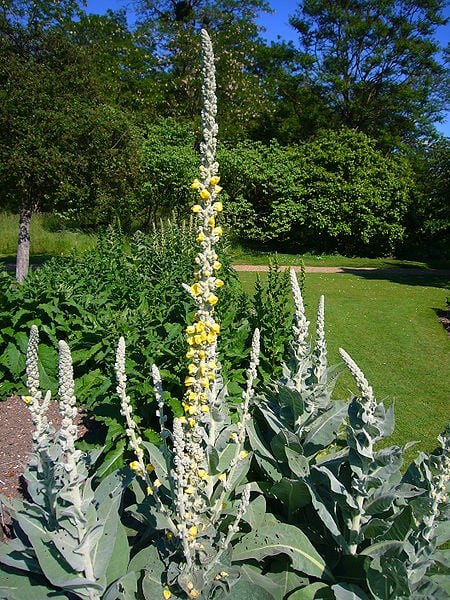
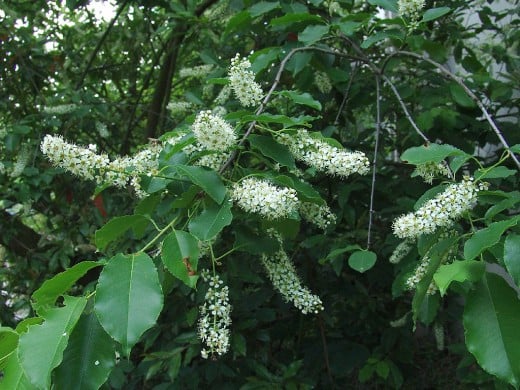
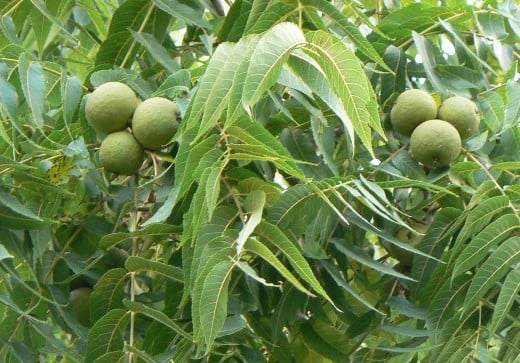
Most herbal medicines are easily made at home, including tinctures, infused oils, and syrups. One approach to keeping an herbal medicine chest is simply to keep a supply of purchased dried herbs and other plant materials on hand.
It’s especially gratifying to have a jar of mint and chamomile in your pantry (and a jar of honey to go with it) when a child or grandchild complains of a tummy ache or upset stomach.
But there are several “heavy hitters” among herbal medicines that are excellent and broadly useful for curing a variety of more serious health problems. They are also cheap and easy to prepare at home. In fact, they are almost free, if you grow or collect the plant materials yourself.
While these remedies can be purchased, the cost is often shockingly high.
My favorite herbal remedies for making at home are:
Echinacea tincture: for any and all infections, colds, flu, toothaches, UTIs, shingles, chicken pox
Mullein oil: ear infections
Wild cherry cough syrup: coughs
Black walnut hull tincture: for skin affections such as eczema, ringworm, athlete’s foot, and impetigo, as well as for internal parasites
If you add these four homemade preparations to you home medicine chest, you’ll be prepared with highly effective remedies for more than a dozen ailments.
Here are some recipes for my favorite homemade herbal preparations, the ones I like to keep in a special place in the kitchen pantry:
ECHINACEA
How to Prepare Echinacea Tincture
Put fresh or dried chopped Echinacea roots in a jar. (Purchased dried roots are fine.) Add vodka to cover. Put a lid on the jar and let stand for about 28 days, shaking now and then. Strain and bottle.
I fee that Echinacea tincture should be prepared from the roots only, although many commercial Echinacea products use all parts of the plant. Traditionally, the root is the most medicinally active part of the plant. If you are preparing Echinacea tincture from purchased materials, be sure you are buying the root.
How to Grow Echinacea
Echinacea is the scientific name for the purple coneflower, a lovely garden flower that blooms in mid to late summer. Any and all species of this plant are used medicinally. Echinacea purpurea is a good choice as a garden flower, though all are beautiful and make long-lasting cut flowers. You will probably not want to choose expensive of fancy-flowering cultivars, if you plan to dig the roots.
Echinacea is easily grown from seed and tolerant of many soil types. It is especially tolerant of heat and drought. Echinacea seeds may be sown directly where they are to grow. They are perennials and will not bloom until the second year. The roots may be harvested any time after the plants have bloomed and are usually harvested in the fall.
Echinacea plants that are allowed to go to seed will often re-seed themselves prolifically, and you will often notice dozens of new Echinacea seedlings the year after your first sowing goes to seed, so that you’ll eventually find yourself with a large stand of the plants, so that you can dig a few for the roots and have plenty left over for next year.
The roots may be dug in the fall after the plants have bloomed and should be carefully washed. They may then be chopped for use in making the tincture, or chopped and dried.
Uses
Echinacea widely used as an herbal “antibiotic” for almost every bacterial or viral infection. It works primarily by stimulating the immune system. Many people take Echinacea for colds and flu, but Echinacea is a true all-star for several more serious infections. It is considered a specific for the teeth and the kidneys, for example.
Echinacea is highly effective for curing toothaches caused by infection. It will quickly cure UTIs. I have found it highly effective for curing chicken-pox and shingles. Echinacea is even said to be effective for treating MRSA.
The key thing to remember when using Echinacea is not to skimp on the dose. For adults, about a tablespoon of the tincture should be taken about every four hours. For children, the dose should be one or two teaspoons every four hours. Or, take more frequently, if pain persists or if in doubt. Echinacea has no known toxicity.
Sometimes a single dose will knock out a toothache or UTI very quickly, but don’t neglect follow-up doses. I’ve known a single dose of the tincture to cure a UTI in an hour or two—but if you neglect follow-up doses, your UTI may be back in the morning.
Toothaches may sometimes disappear overnight with Echinacea—or they may sometimes take a day or two to be cured. If it takes longer than a couple of days to cure a toothache with Echinacea, read the label on the preparation you are using. My experience is that you are likely to be using a preparation that is not made from the root, or that is largely or wholly made from the “aerial portions.”
When purchasing Echinacea, be sure to read the labels and avoid any products that are not made from Echinacea ROOT. That is, avoid products that contain “aerial portions,” leaves, stems, flowers, etc. The root is the part that is most medicinally active. In my part of the country, it is now hard to find Echinacea capsules made entirely from the root, except at health-food stores.
If you are using purchased Echinacea root to make the tincture, make sure you are purchasing the root. Echinacea that includes “aerial portions” may also be found in the bulk herbs section of the health-food store.
If you make your own homemade tincture from you own home-grown plants, you are assured of a high-quality product. It’s also good to have a pint of this stuff on the shelf, and hence no temptation to skimp on the dose.
MULLEIN
How to Prepare Mullein Oil
Collect fresh mullein flowers of the common roadside mullein (Verbascum thapsus, the kind with the yellow flowers) in a jar. About one-half cup of flowers should be enough to make about one-half cup (four ounces) of mullein oil.
Add enough first-cold-pressed, extra-virgin olive oil to cover the flowers, and close tightly with a lid. Let stand in a warm, sunny window for 28 days (one moon cycle).
Strain this through a coffee filter into a clear glass jar. The easiest way to do this is to tuck a coffee filter into a funnel and insert the bottom of the funnel into a jar.
After straining, inspect the oil for moisture droplets that will collect at the bottom. Allow a few minutes for all the moisture to sink to the bottom and carefully pour off the oil into another clear jar, leaving behind the moisture-contaminated oil in the first jar. Discard the moisture-contaminated oil. You want the final product to be free of moisture, lest it spoil.
Inspect the second jar, to make sure no moisture droplets are present and then transfer the oil to a small bottle with an eyedropper, so that the oil can be easily dropped into the ears. You can buy bottles with droppers at most health-food stores.
Growing or Gathering Mullein
The medicinal form of mullein (Verbascum thapsus) is a common roadside weed, and it is one of the most easily recognized of all wild plants: It has a basal rosette of huge, fuzzy leaves, from which it sends up a central flowering stalk that may be over six feet tall. Sometimes the central stalk is branched. All along the top of this tall central stalk are small sulfur-yellow flowers.
If you have room, this form of mullein is a striking plant when grown in good garden soil. It’s a greedy feeder, however, and will stunt the growth of nearby plants, unless planted near ornamentals that can compete with it, such as ornamental grasses or daylilies. There are several non-medicinal species of mullein that are also well worth growing, if you develop an interest in these plants, but it is the plain old wild kind that is used medicinally.
Mullein is a biennial that will not flower until the second year after sowing. When it does flower, it will re-seed prolifically and produce many unwanted seedlings.
You may decide that it is unnecessary to allow garden space for a plant that is so common along the roadsides, and whose big “candlestick” stalks are so easily spotted.
To prepare mullein oil, collect flowers from the flowering stalks by pulling them free from the green buds they are nestled in and dropping them in a jar.
The leaves also have medicinal uses, so you might want to collect a few of them, too.
Uses
Mullein oil is used for ear infections, for which it is one of the finest remedies known.
According to Maude Grieve, in A Modern Herbal, “Mullein oil is recommended for earache and discharge from the ear, and for any eczema of the external ear and its canal….some of the most brilliant results have been obtained in suppurative inflammation of the inner ear by a single application of Mullein oil, and that in acute or chronic cases, two or three drops of this oil should be made to fall in the ear twice or thrice in the day. Mullein oil is a valuable destroyer of disease germs. The fresh flowers, steeped for 21 days in olive oil, are said to make an admirable bactericide.”
There is no need for concern if you get more than two or three drops of the oil in an infected ear. This remedy is gentle and harmless.
If you have collected mullein leaves, the dried or fresh leaves are good for made into a tea to help soothe coughs, and is considered useful for diarrhea because it is both soothing (demulcent) and astringent. Grieve remarks that, “The whole plant seems to possess slightly sedative and narcotic properties.”
Mullein tea is made by steeping an ounce of the dried leaves in a pint of boiling water for ten minutes or so, strained, and given in wineglassful doses frequently.
For bleeding from the lungs or bowels, and to remove the pain and irritation of hemorrhoids, Grieve suggests that an ounce of the dried leaves be boiled in a pint of milk for ten minutes, strained, and given warm.
Edgar Cayce recommended mullein leaf tea be taken in small amounts daily for varicose veins. One to one-and-a-half ounces of the tea daily was Cayce’s recommended dose. He also suggested that the bruised leaves be soaked in hot water and then applied externally to varicose veins, as “stupes.”
This treatment is in line with Grieve’s mention that mullein leaves be applied as a poultice for hemorrhoids, as well as being taken internally as a tea, since hemorrhoids are a form of varicosities.
WILD CHERRY
How to Prepare Wild Cherry Cough Syrup
Fill a pint jar with wild cherry bark and add vodka or a flavored brandy to cover (Cherry brandy is nice but other flavors are fine.) Let this stand, tightly covered, shaking every now and then, for about a month (one moon cycle), strain, mix with equal parts honey, and bottle.
You can purchase the bark from herb dealers or at many health food stores, but be sure it’s fresh. Wild cherry bark loses its potency after one year of storage. It should have an almond scent.
If possible, locate a wild cherry tree and harvest the fresh bark in summer. You are after the inner bark, the first layer of bark under the papery outer bark. Try to stick to one smallish area on one side of the tree, so you don’t kill the tree.
The inner bark will be a pale tan, quickly turning an orangey color with exposure to the air. It should have a pleasant bitter almond scent. Remove the outer bark and chop the fresh inner bark and proceed as above.
While wild cherry bark can be dried and used as a tea, it should never be boiled, only steeped. High temperatures destroy the medicinal principles of wild cherry bark.
To Collect the Bark
The easiest way to recognize wild cherry is to look for its white “bottle-brush” inflorescences when it blooms in spring and make a mental note of the location of the tree so you can go back and harvest the bark in summer.
Uses
Wild cherry cough syrup is hands-down the best cough syrup you will ever use. This cough syrup is also pleasant tasting. If made with vodka, it will have a pleasant honey-almond flavor, and if with cherry brandy a cherry-almond taste.
The adult dose is about one tablespoon, and the children’s dose about one to two teaspoons—the smaller amount for a small child and the larger amount for a bigger child.
This cough syrup stops a cough almost instantly. If you are having trouble sleeping at night because of an irritating cough, and get up to take a spoonful of this cough syrup, the cough may be gone before you can get back to bed.
Since the recipe above makes about a quart of cough syrup, you will have enough to give some away. This is often the most appreciated and valued of all homemade remedies. People are invariably amazed by its effectiveness.
CAUTION: Keep this cough syrup out of the reach of children. In excessive doses, wild cherry can dangerously slow the action of the heart.
BLACK WALNUT
How to Prepare Black Walnut Hull Tincture—Water Based
The water-based version is not a true tincture, but we can call it that for convenience. The water-based version has the advantage of not stinging when applied.
Gather a few black walnuts that have fallen from the tree. (You may want to use gloves to avoid staining your hands.) The nuts will be encased in a thick green outer husk. Choose nuts whose husks are green or have as much green as possible.
At home (preferably wearing plastic gloves), cut away the husks from the nuts, put the husks in a saucepan, and add water to cover. Heat to boiling, turn off heat, cover tightly, and let stand for 24 hours. Strain and bottle. Some suggest adding ¼ teaspoon Vitamin C per quart as a preservative. It is probably a good idea to keep this refrigerated, although I am told it will keep for a year or two at room temperature.
I have known people who have made a very effective water-based tincture by simply soaking the hulls in water for 24 hours.
How to Prepare Black Walnut Hull Tincture—Alcohol Based
Gather a few black walnuts that have fallen from the tree. (You may want to use gloves to avoid staining your hands.) The nuts will be encased in a thick green outer husk. Choose nuts whose husks are green or have as much green as possible.
Cut away the husks from the nuts and put the green husks in a jar and add grain alcohol (vodka) to cover. Cover the jar tightly and let it stand for two days. Strain off the tincture, add equal parts water, and bottle.
Uses
Black walnut hull tincture in either form is mainly useful for skin diseases, such as impetigo, ringworm, athlete’s foot, and eczema. Also jock itch. (Ringworm, impetigo, and jock itch are all tinea infections, and all respond to black walnut hull tincture.) For these skin problems, black walnut hull tincture is applied externally, but it is also sometimes suggested that an internal dose of a teaspoonful be taken two or three times a day. Black walnut hull tincture stains when applied externally.
I think it’s worth mentioning that, in all skin affections, the kidneys should be cared for—minimally, by drinking plenty of water—and that many skin diseases are helped by supplementation with salmon oil or cod-liver oil, and by zinc supplements.
Black walnut hull tincture can also be taken internally to kill parasites. The suggested dosages vary widely—not to say wildly. To kill internal parasites, I think a sensible dose would be one teaspoon twice a day for about a month.
Each of these four preparations makes enough makes enough to treat your whole neighborhood for a year—which is okay, since you can make plenty more next year. And the ailments that can be cured with these preparations are so diverse that you will be ready for almost any of these minor—and in some cases more serious—health problems.
- Cure Burns with Slippery Elm and Comfrey
An Easy Home Remedy for Burns, Wounds, and Other Skin Affections
- Cure Menstrual Problems--Excessive Menstrual Flow (Menorrhagia) and Bleeding Between Menstrual Perio
Many menstrual problems are simply an indication of iodine deficiency, possibly along with other micro-nutrient deficiencies, and can be easily cured by adding seaweed to your diet.
- Cure Psoriasis with Natural Methods
Herbs that are reputed to cure psoriasis are slippery elm and American saffron (safflower),
- Cure Ringworm with Easy Home Remedies
Ringworm is easily cured at home using iodine, black walnut hull tincture (which you can make at home), and other simple products.
- Cure Children's Growing Pains
Children's growing pains--muscle cramps that usually occur in the feet and legs--are nothing more than magnesium deficiency.
- How to cure bronchitis naturally
A fast cure for bronchitis: a few drops of the essential oil of sandalwood on a lump of sugar. Real wild-cherry cough syrup and elecampane root tea give this cure a boost.
- Rid Your Home of Fleas Naturally
There is no need to spray your home with toxic pesticides to get rid of fleas--and flies, too. Several essential oils repel and kill fleas and flies, especially when used in household cleaners.
- Cure Impetigo with Home Remedies
Homes remedies for impetigo include black walnut hull tincture (which you can make at home), colloidal silver, and elecampane root.
- Cure Cold Sores with Herbal and Natural Remedies
Apple cider vinegar, olive oil, slippery elm, and probiotics are all reliable cures for most cold sores.
- Cure Kidney Stones with Herbs
Kidney stones may be passed painlessly and/or dissolved without surgery or other conventional medical treatment using inexpensive herbal treatments.
- How to Make Real Wild Cherry Cough Syrup at Home in Your Kitchen with Wild Cherry Bark
Real wild cherry cough syrup is easy to make—and it’s the world’s most effective cough remedy!
- How to Make Herbal Medicines: Infusions, Decoctions, Tinctures, Syrups, Oils and Salves
Many of the expensive tinctures and other herbal preparations available from health-food stores and herb dealers can be prepared at home for pennies!
- Cure Shingles Fast with Echinacea
Shingles can be cured in 24-48 hours with Purple Coneflower.
- Cure Gout with Natural Remedies and Herbs
Gout can be cured with natural remedies, diet, and herbs, without conventional medical treatment.
- Cure Pink Eye (Conjunctivitis) Fast with Castor Oil
Pink eye is easily cured with home treatment. I learned of this cure when I took my oldest daughter to a naturopathic physician for pink eye, and used it to cure a severe case. I have since used it successfully many times.
- Cure Urinary Tract Infections (UTIs) with Echinacea
Quickly cure UTIs Using Purple Coneflower! I have found that Echinacea tincture (my own homemade version) will cure a UTI in a couple of hours--though later doses are needed to keep it from returning.
- Healing and Delicious Herbal Teas to Blend at Home
Healing herbal teas can be prepared to help many minor ailments--or just for a flavorful treat to enjoy--from herbs that are readily available, or already in your kitchen.
- The Best and Most Fragrant Roses for Making Rose Water and Potpourris
To make the most fragrant rose waters and potpourris, use the most fragrant roses. Modern roses often lack the sweet perfume of the old-fashioned roses traditionally used to make attar of roses.
- Dislocated Wrist in Toddlers and Young Children--What To Do
A child who seems unable to use her hand, but lets it hang limply her side, may have a dislocated wrist. Here’s what to do.
- Cure Yeast Infections with Yogurt or Probiotics
Here’s how to cure yeast infections (Candida albicans) naturally.
- Cure Plantar Warts with Oil of Thyme
Plantar warts can be cured without , laser therapy, cryotherapy (freezing), acid treatments, or surgery, and without wasting time and money on frustrating and discouraging over-the-counter products.
- Cure a Toothache without Dentistry
If you have a painful toothache because of and infection or impacted wisdom tooth, you can cure the infection with Echinacea.
- Natural Home Treatment for Stomach Flu--Vomiting and Diarrhea
Herbal and Natural Treatments and Home Nursing Care for Diarrhea and Vomiting, Symptoms of Stomach Flu and Food Poisoning
- The Medicine Garden: Best Medicinal Herbs to Grow in the Home Garden
A selection of medicinal herbs that are both beautiful and useful
- How to Make Echinacea Tincture--Growing and Using Purple Coneflower for Medicinal Use
You can easily make Echinacea tincture at home, using the roots of your own Echinacea plants from your garden and a pint of vodka.
- Cure Your Bad Back
Does your back periodically "go out," leaving you prostrate and with severe back pain for weeks? Chances are, all you need is magnesium!
- Understanding and Managing Type II Diabetes
A discussion of diabetic diet, choosing herbs and supplements that help, and understanding causes of insulin resistance, and the causes of diabetes.
- More Powerful Herbs to Cure Colds and Flu--and How To Grow Them in Your Garden
How to treat colds and flu with Lomatiu, Andrographis, Baikal Skullcap, and Boneset, with preparations and dosages--and information on how to grow and harvest these herbs in the home garden.
- Grow a Beautiful and Practical Garden of Medicinal Herbs
Passionflower, meadowsweet, rosemary, lemon balm, thyme, Sweet Annie, chamomile, catnip, mint, ecinacea, black-eyed Susans, and Bible leaf make a lovely and useful herb garden.
- How to Cure Warts, Moles, and Skin Tags with Castor Oil and Baking Soda
You can avoid surgery or other medical procedures, and remove moles and skin tags painlessly at home, using castor oil and baking soda.
- How to Cure Scabies Naturally, without Chemical Pesticides
Scabies can be cured with Vitamin E oil applications, or with diluted oil of thyme. There's no need to see a doctor or apply chemical pesticides.
- How to Cure Ear Infections with Olive Oil, Mullein Flowers, and Brewer's Yeast
How to cure ear infections--permanently--using herbs and nutrition!
- Growing a Doomstead Garden
Gardening for self-sufficiency during the zombie apocalypse
- Cure Foot and Leg Cramps
Foot and leg cramps are almost always caused by magnesium deficiency--or, more accurately, insufficient magnesium intake in relation to calcium intake. The fix is easy! Get more magnesium!
- Gathering and Using Elderflowers to Make Lotions for Beautiful Skin and Healing Salves
Elderflowers blooming in the fields and along the roadsides in June are a beauty--and healing--bonanza!
- Easy-to-Grow Flowers for the Beginning Gardener
Several perennial flowers provide amazing displays of flowers and foliage, yet require almost no care! Here are three to provide the backbone of your home flower garden.
- Make Herbal Teas from Wild Plants of the Fields and Roadsides
There are many wild plants growing in the fields and along the roadsides that make delicious and healthful herbal teas!
- How to Cure Fevers, Plus a List of Danger Signs
A comprehensive discussion about fevers: Danger signs, and how to cure fevers with herbs and other natural methods.
- Home Birth--With or Without a Midwife
Many women have opted for a joyous home birth experience! Planning a home birth carefully is important.
- Cure Head Lice with Tea Tree Oil
Cure head lice without putting pesticides on your child's head--and prevent re-infestation--with inexpensive herbal treatments.
- Cure Children's Bedwetting and Accidents with Herbs
An herbal cleansing and toning approach to leaky children that focuses on toning the urinary tract and the nerves


